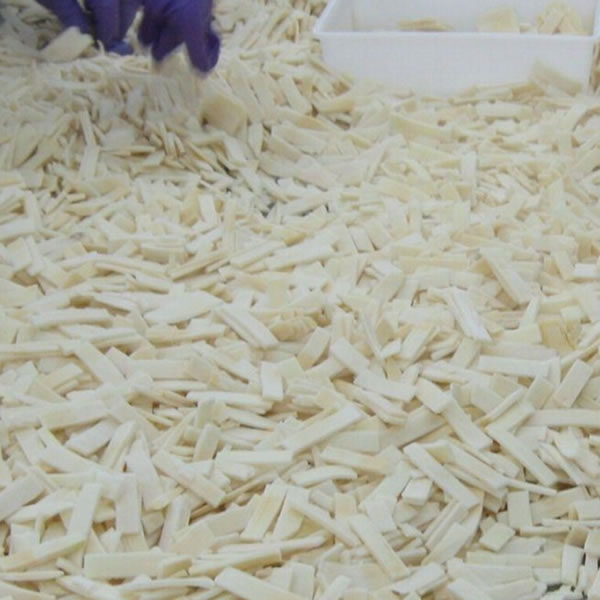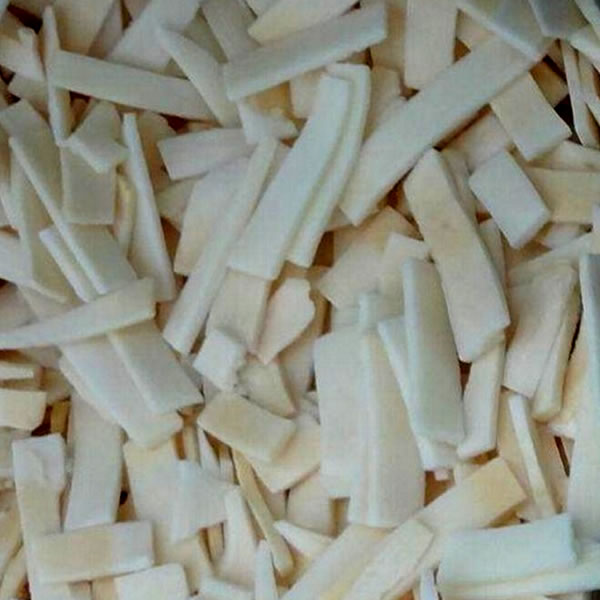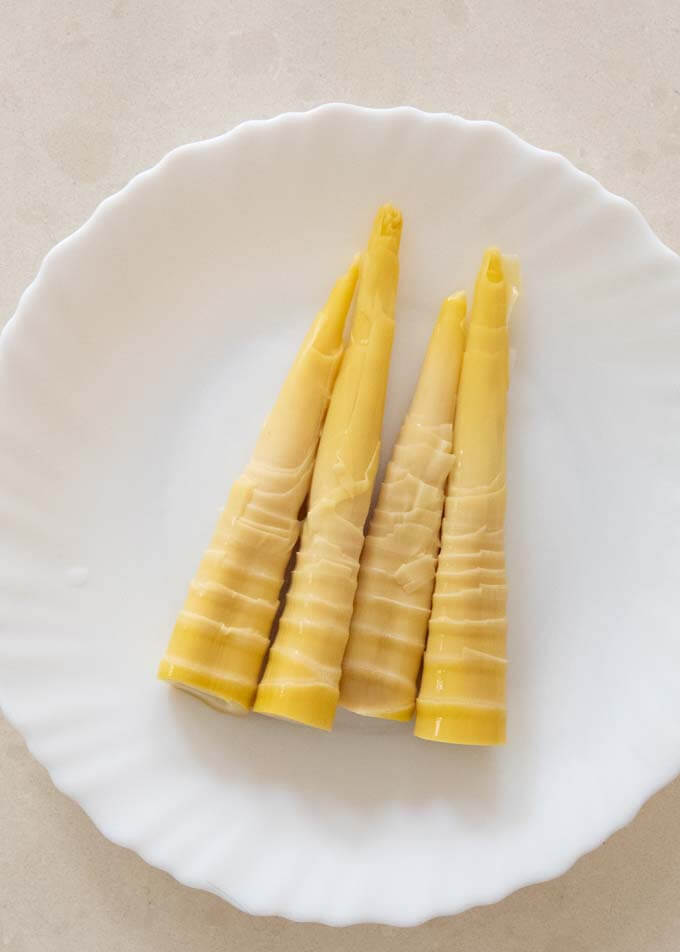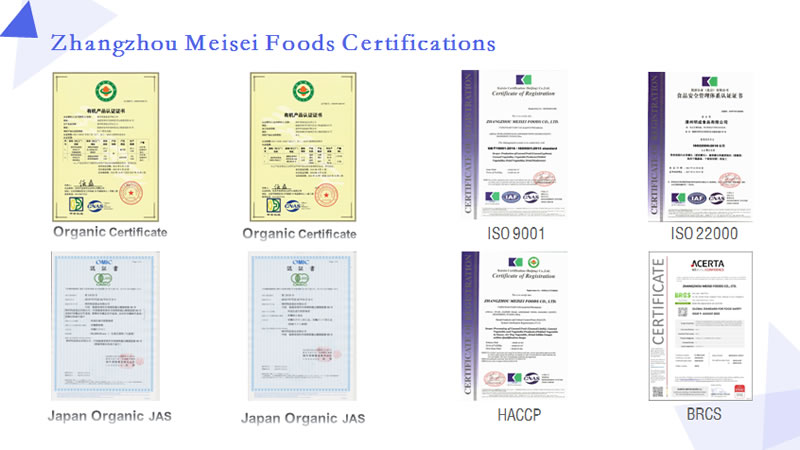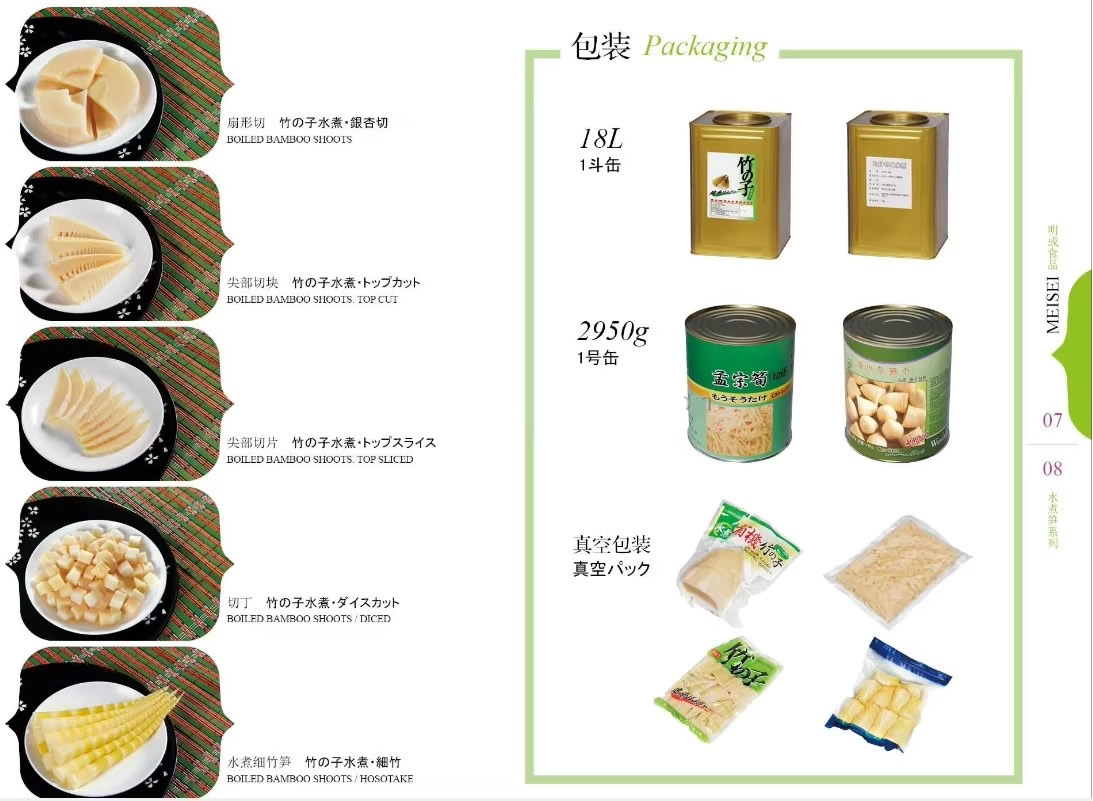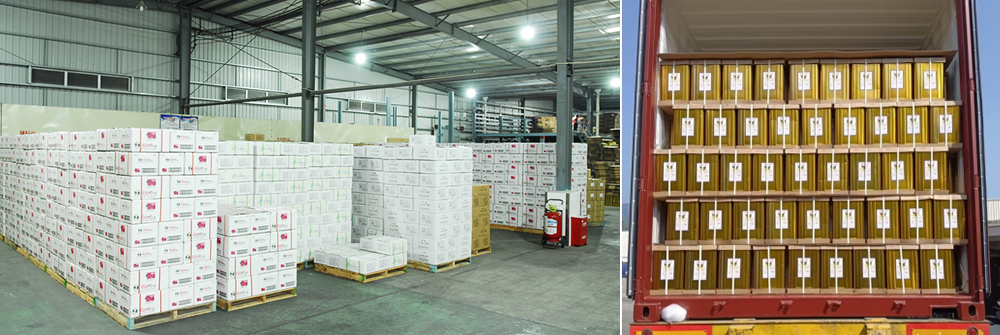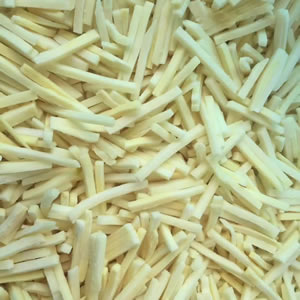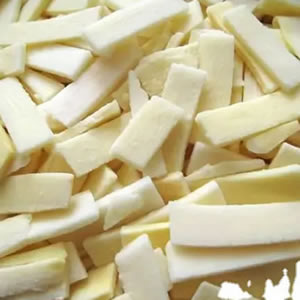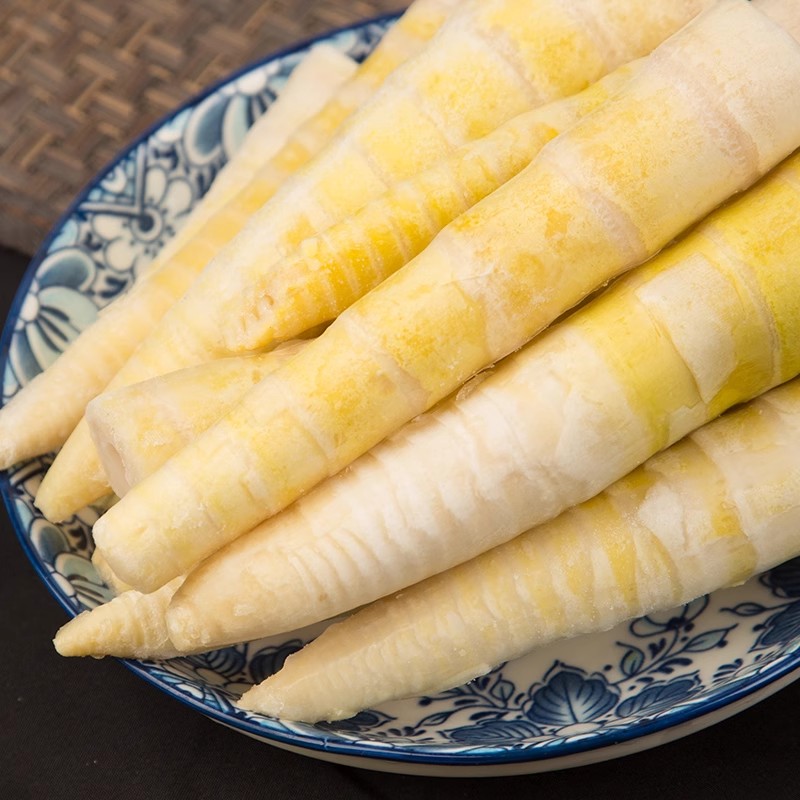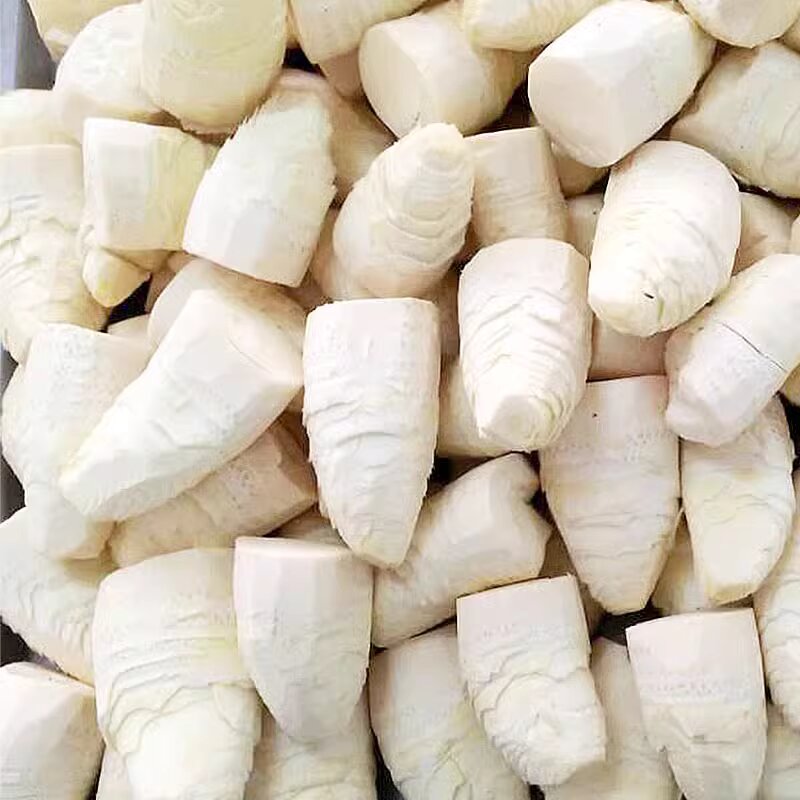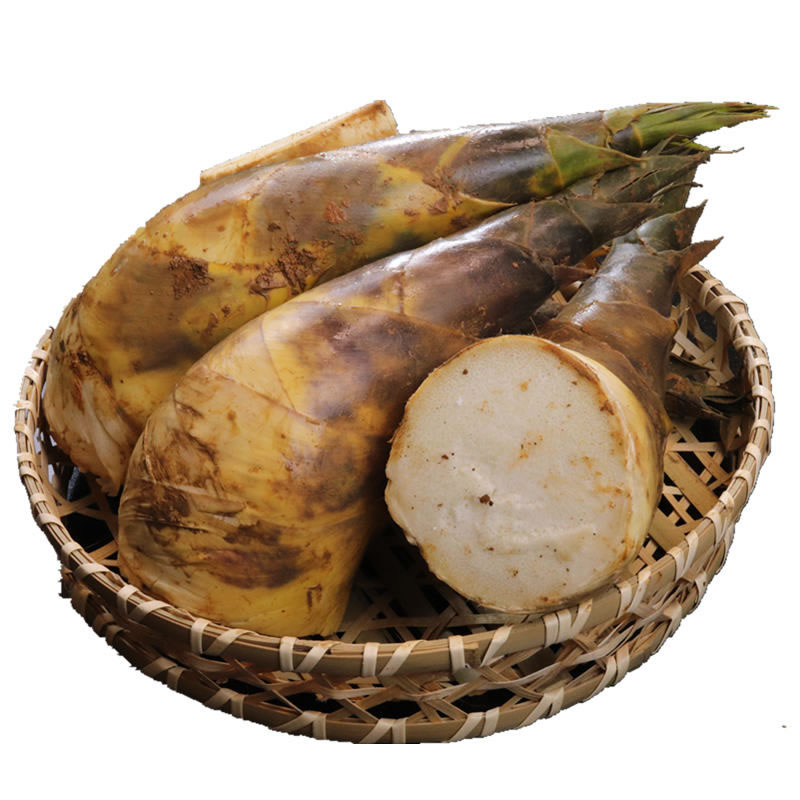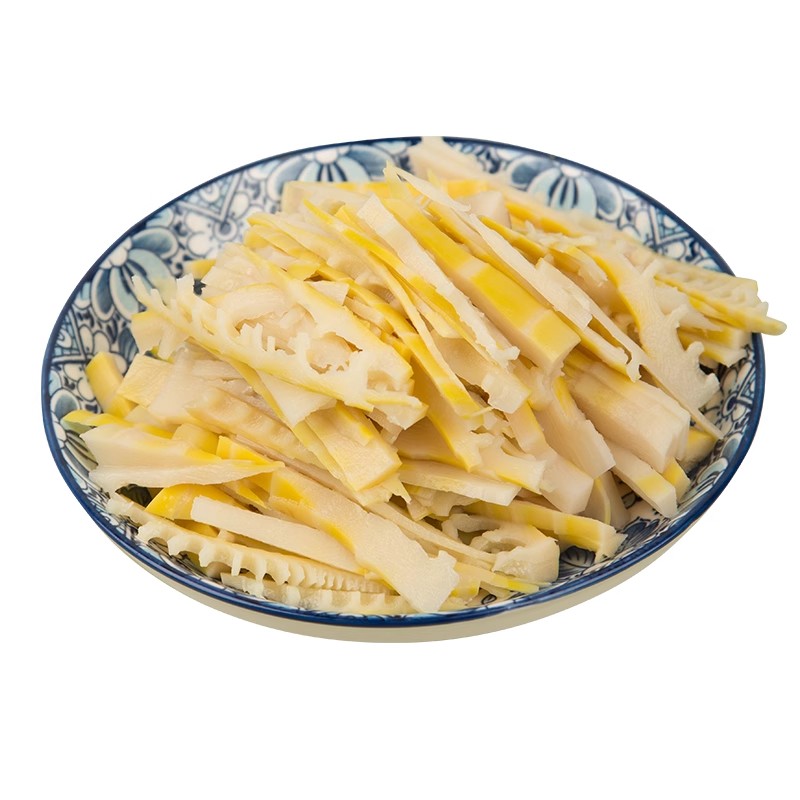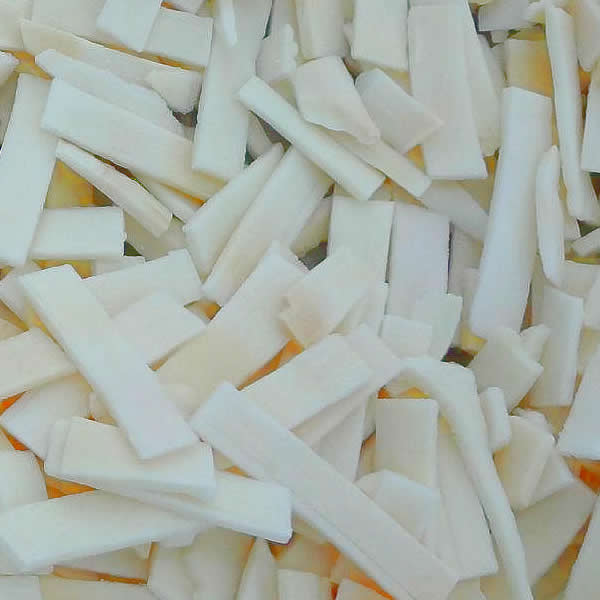
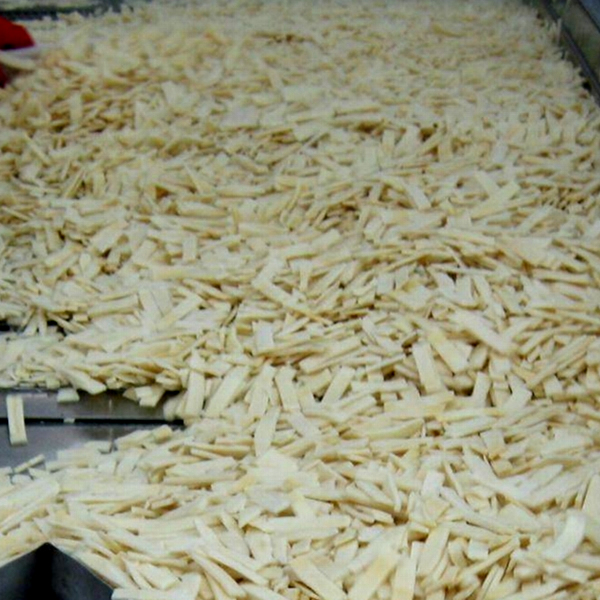
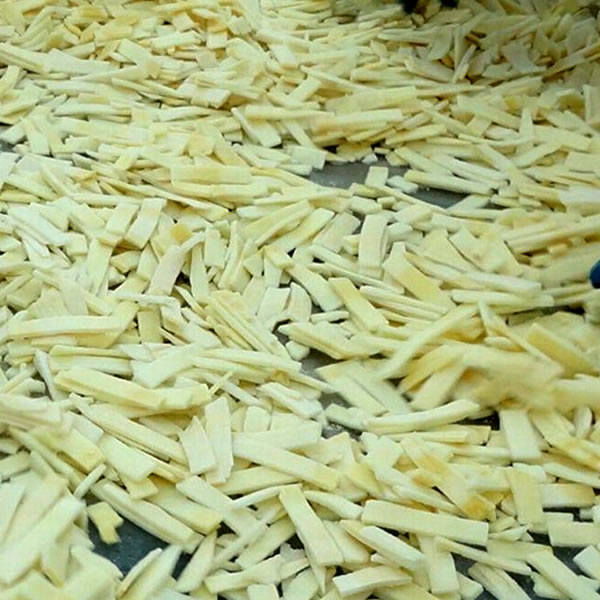
New raw bamboo shoots can be directly frozen and stored, but some operational details and storage methods need to be noted.
Feasibility of direct freezing
New Raw bamboo shoots can be directly stored in the refrigerator for freezing. Freezing can prevent the growth and reproduction of microorganisms and the activity of enzymes, thereby extending the shelf life of bamboo shoots and preventing them from rotting or spoiling for a longer period of time.
Operation steps and precautions
Selection and processing: Choose fresh, pest free, and undamaged bamboo shoots. Peel off the outer shell of the bamboo shoots, remove the older parts of the roots, and then rinse the surface of the soil and impurities with clean water.
Packaging: Use kitchen paper towels to dry the surface moisture of the processed bamboo shoots, and put them into a fresh-keeping bag or box. Try to exhaust the air and seal it properly. If using fresh-keeping bags, multiple layers can be added to prevent bamboo shoots from being frostbitten or spoiled during the freezing process.
Thawing and consumption: Before consumption, slowly thaw frozen bamboo shoots in the refrigerator compartment to preserve their flavor and nutrition to the greatest extent possible. Thawed bamboo shoots can be used for stir frying, stewing soup, making dried bamboo shoots, etc., but the cooking time should be appropriately extended to ensure that the bamboo shoots are fully cooked and have a suitable taste.
Advantages and disadvantages of cryopreservation
Advantages: Easy to operate, no need for complex preprocessing steps; Extending the shelf life can maintain the freshness of bamboo shoots for a longer period of time.
Disadvantages: After freezing, the texture of bamboo shoots will become harder, with more obvious fiber sensation, and the taste will not be as fresh, tender, and crisp as fresh bamboo shoots; Some vitamins, such as vitamin C, may experience a certain degree of loss.
 +0086 18050102815
+0086 18050102815
